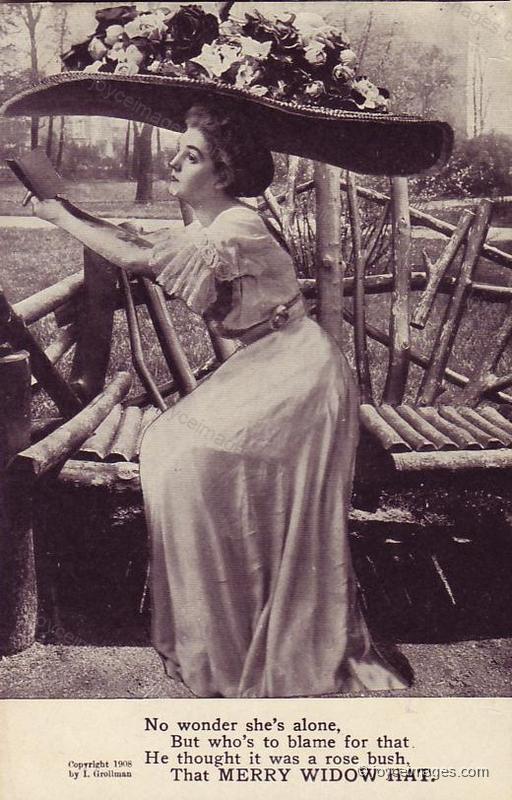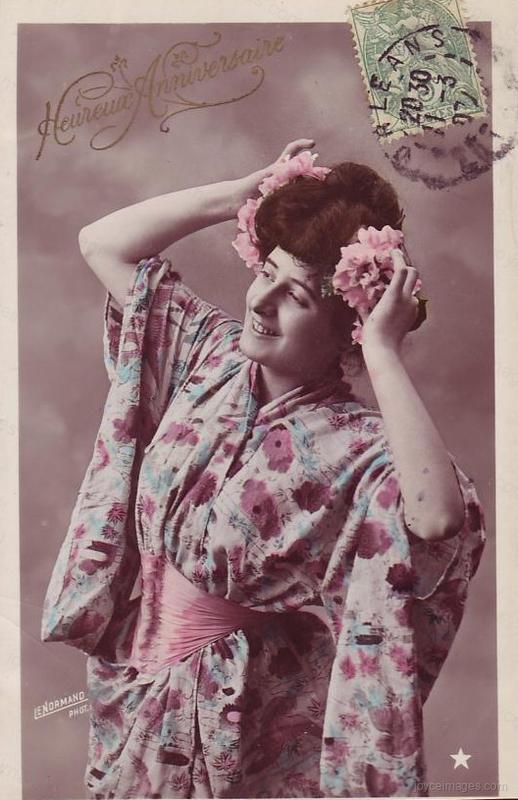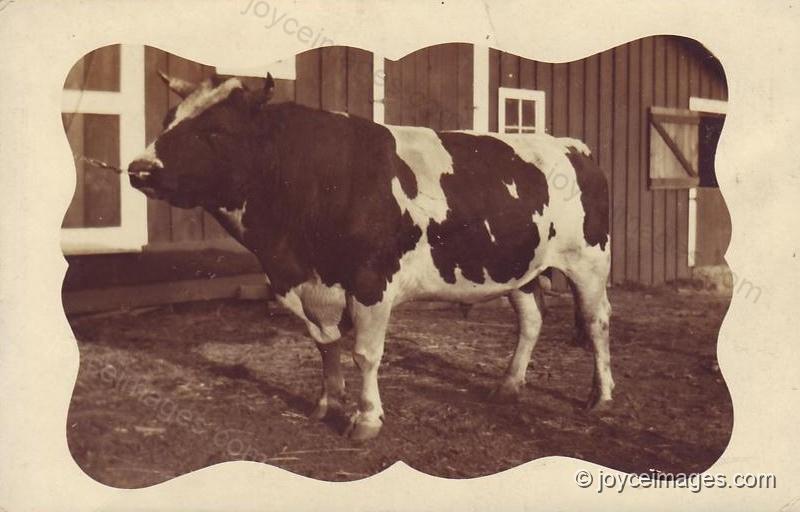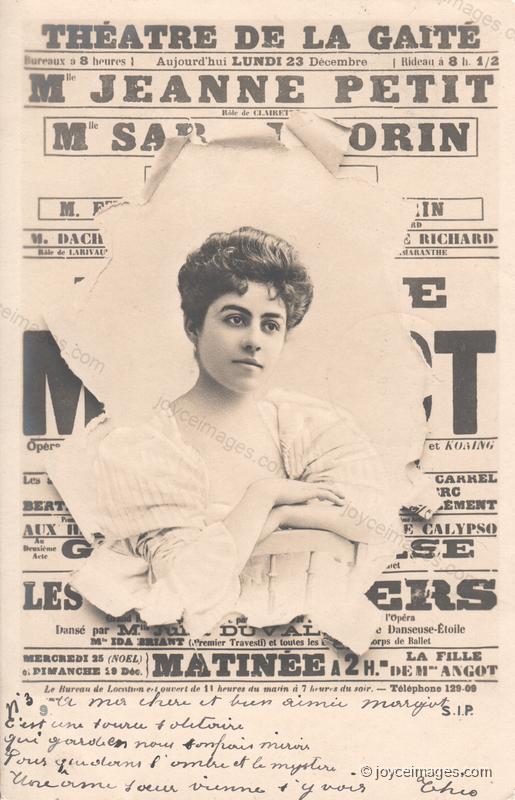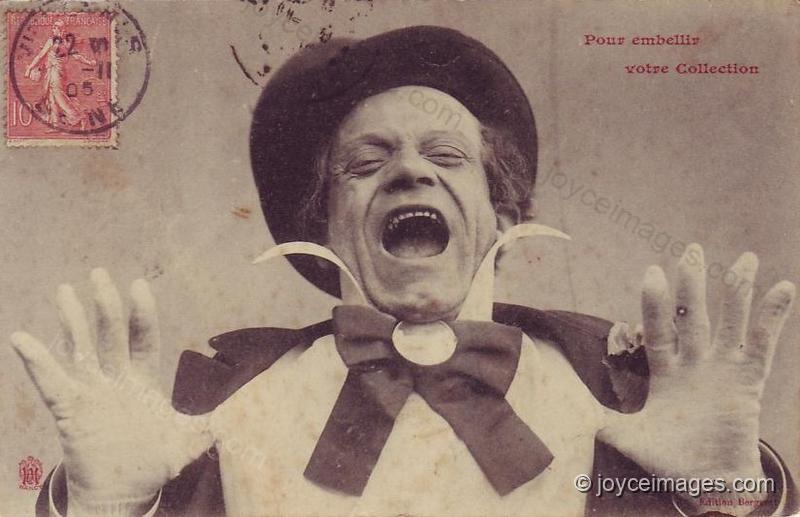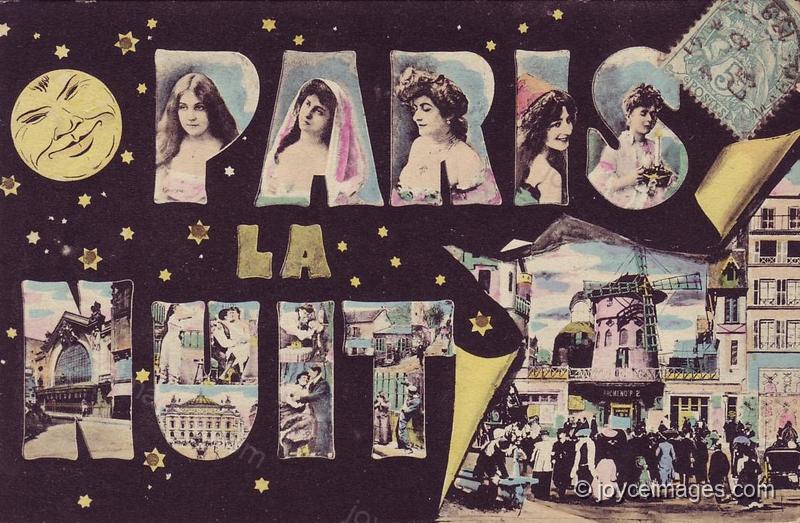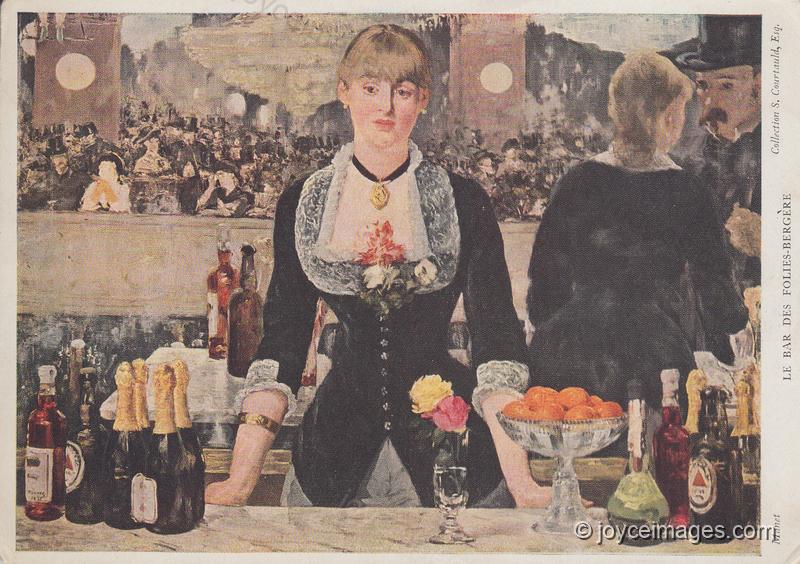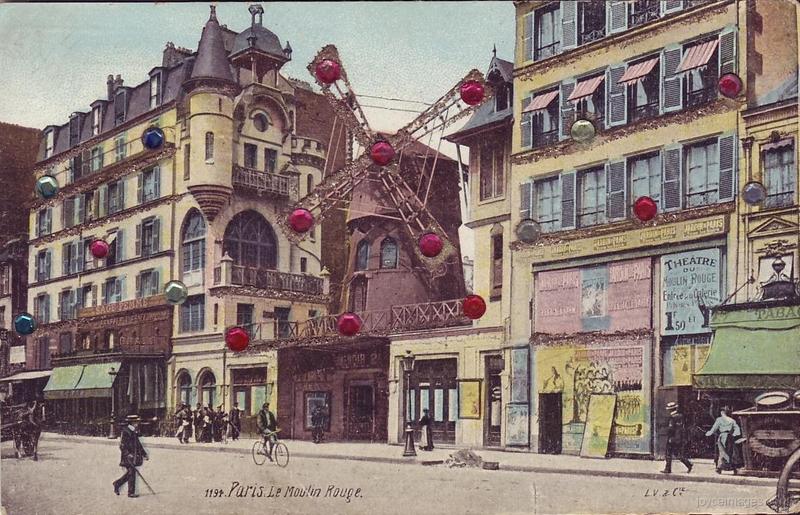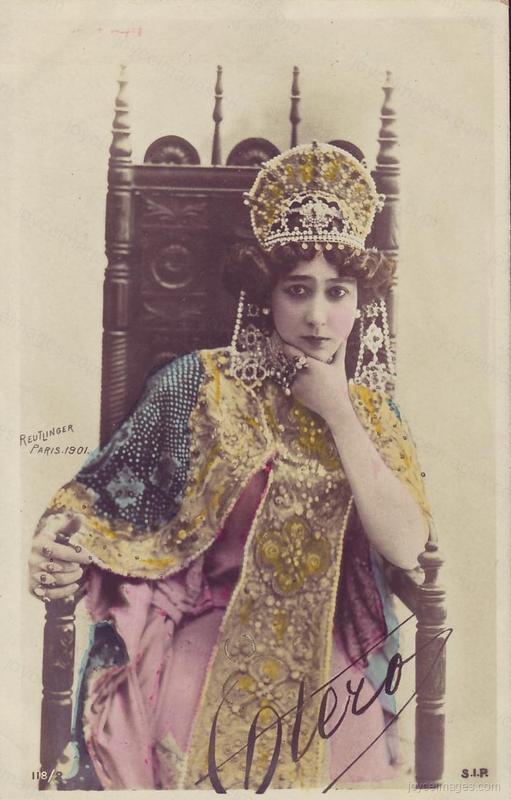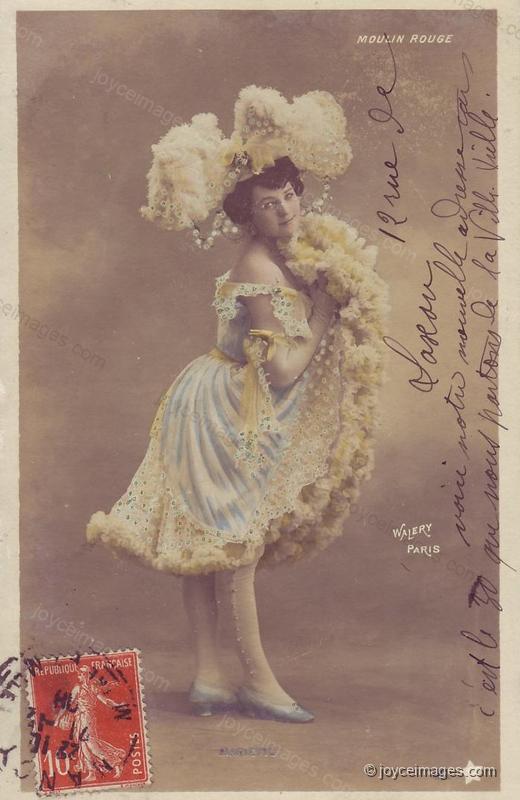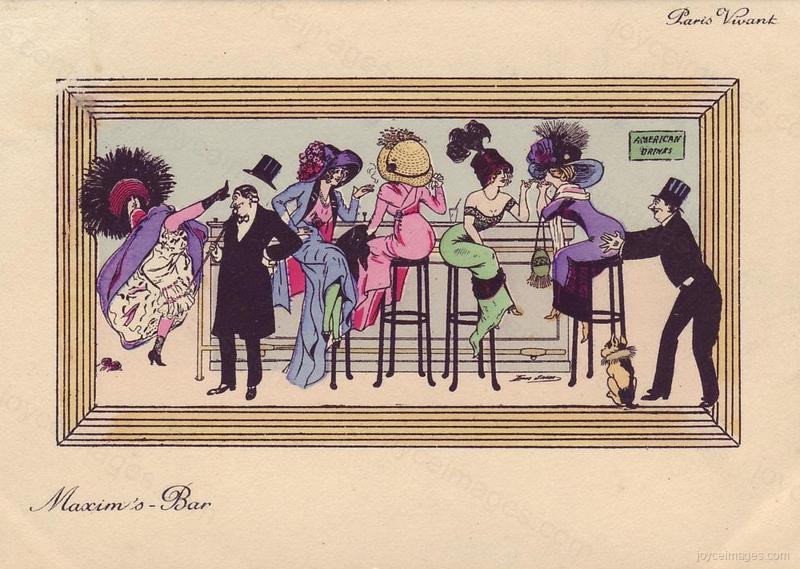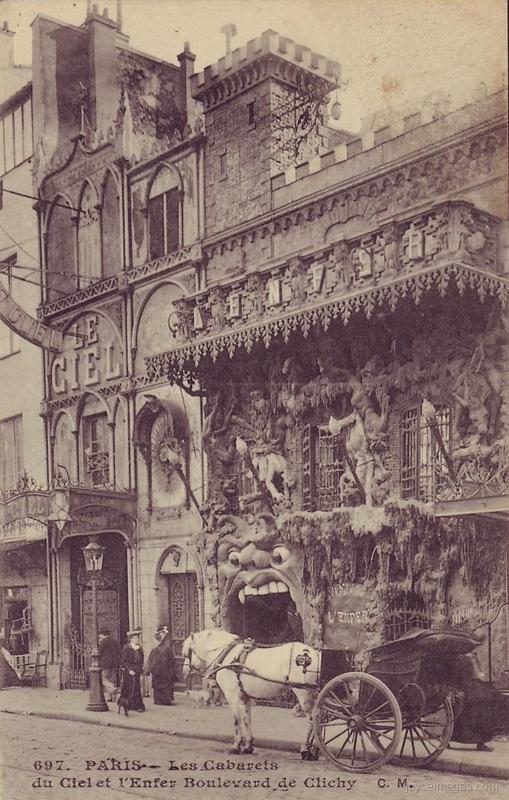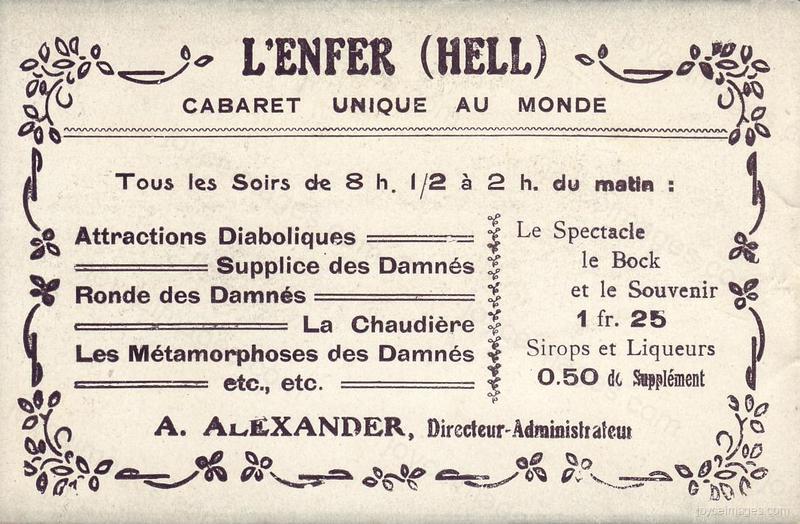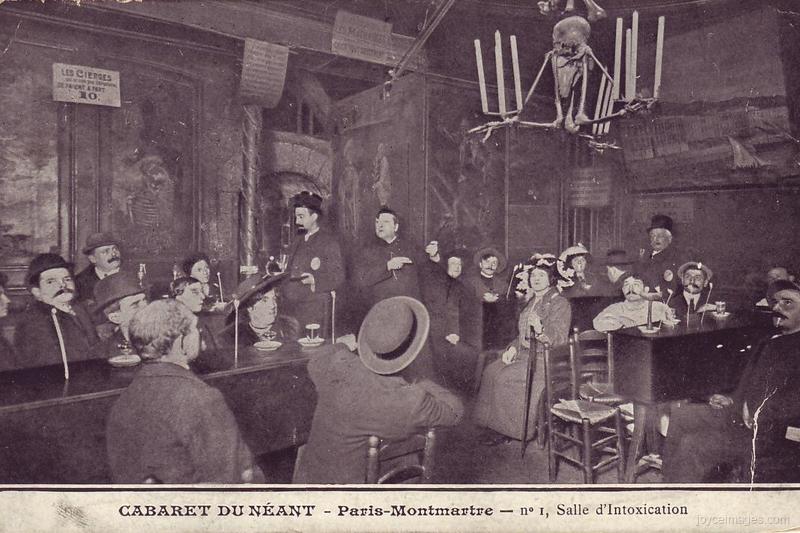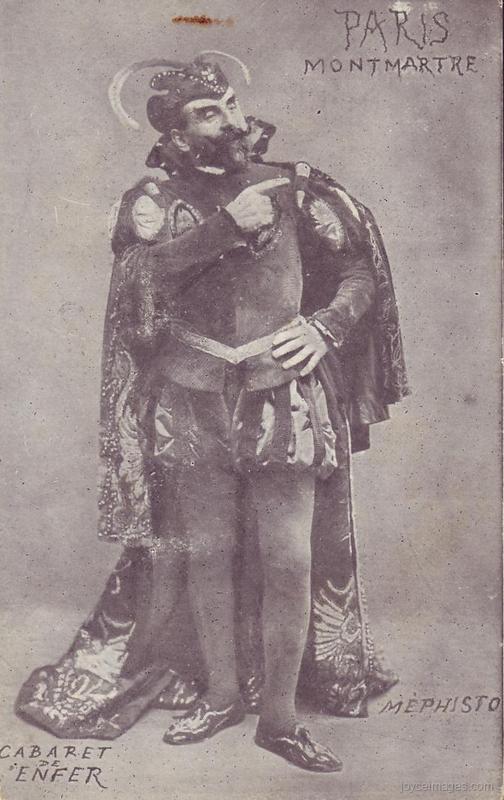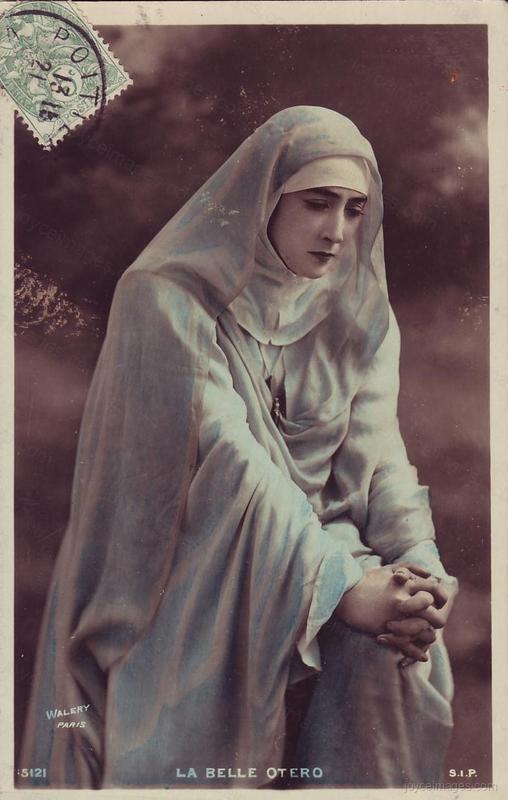"and kimono gown. She glides sidling and bowing, twirling japanesily.)
MRS CUNNINGHAM
(Sings.)
And they call me the jewel of Asia!
MARTIN CUNNINGHAM
(Gazes on her, impassive.) Immense! Most bloody awful demirep!"
(U15.3857)
MRS CUNNINGHAM
(Sings.)
And they call me the jewel of Asia!
MARTIN CUNNINGHAM
(Gazes on her, impassive.) Immense! Most bloody awful demirep!"
(U15.3857)
"STEPHEN
Et exaltabuntur cornua iusti. Queens lay with prize bulls. Remember Pasiphae for whose lust my grandoldgrossfather made the first confessionbox. Forget not Madam Grissel Steevens nor the suine scions of the house of Lambert. And Noah was drunk with wine. And his ark was open."
(U15.3864)
Et exaltabuntur cornua iusti. Queens lay with prize bulls. Remember Pasiphae for whose lust my grandoldgrossfather made the first confessionbox. Forget not Madam Grissel Steevens nor the suine scions of the house of Lambert. And Noah was drunk with wine. And his ark was open."
(U15.3864)
"BELLA
None of that here. Come to the wrong shop.
LYNCH
Let him alone. He's back from Paris.
ZOE
(runs to Stephen and links him) O go on! Give us some parleyvoo."
(U15.3870)
None of that here. Come to the wrong shop.
LYNCH
Let him alone. He's back from Paris.
ZOE
(runs to Stephen and links him) O go on! Give us some parleyvoo."
(U15.3870)
"(Stephen claps hat on head and leaps over to the fireplace where he stands with shrugged shoulders, finny hands outspread, a painted smile on his face.)
LYNCH
(Pommelling on the sofa.) Rmm Rmm Rmm Rrrrrrmmmm."
(U15.3876)
LYNCH
(Pommelling on the sofa.) Rmm Rmm Rmm Rrrrrrmmmm."
(U15.3876)
"STEPHEN
(Gabbles with marionette jerks.) Thousand places of entertainment to expense your evenings"
(U15.3881)
(Gabbles with marionette jerks.) Thousand places of entertainment to expense your evenings"
(U15.3881)
"with lovely ladies saling gloves and other things perhaps hers heart beerchops"
(U15.3883)
In French, chope = beer mug.
(U15.3883)
In French, chope = beer mug.
"perfect fashionable house very eccentric"
(U15.3884)
The 2 most fashionable houses in Paris were the Folies Bergeres and the Moulin Rouge, respectively founded in 1869 and 1889.
(U15.3884)
The 2 most fashionable houses in Paris were the Folies Bergeres and the Moulin Rouge, respectively founded in 1869 and 1889.
"where lots cocottes beautiful dressed much about princesses like are dancing cancan"
(U15.3885)
The cancan is a dance in quick 2/4 time that evolved in Paris between the 1830s and 1890s. It first appeared (as 'le chahut') in the working-class ballrooms of Montparnasse; it was part of the quadrille, a participatory dance for couples, who then indulged in high kicks and other antics. It gradually became a performance dance. A few men were cancan stars in the 1840-60s, but women performers were better known. They were mostly middle-ranking courtesans, and only semiprofessional entertainers. This PC shows 'La Belle Otero,' a famous dancer and courtesan at the Folies Bergeres, dressed like a princess. Among her conquests was Albert Edward Prince of Wales; he was a regular in the Parisian red light district, and at one point rented a suite in 'Le Chabanais,' a well-known brothel in Montmartre.
(U15.3885)
The cancan is a dance in quick 2/4 time that evolved in Paris between the 1830s and 1890s. It first appeared (as 'le chahut') in the working-class ballrooms of Montparnasse; it was part of the quadrille, a participatory dance for couples, who then indulged in high kicks and other antics. It gradually became a performance dance. A few men were cancan stars in the 1840-60s, but women performers were better known. They were mostly middle-ranking courtesans, and only semiprofessional entertainers. This PC shows 'La Belle Otero,' a famous dancer and courtesan at the Folies Bergeres, dressed like a princess. Among her conquests was Albert Edward Prince of Wales; he was a regular in the Parisian red light district, and at one point rented a suite in 'Le Chabanais,' a well-known brothel in Montmartre.
"and walking there parisian clowneries extra foolish"
(U15.3886)
The cancan at the turn of the century was practically synonymous with the Moulin Rouge; this PC (1908) shows Mariette, one of its dancers. There, in the 1890s, highly paid professionals such as 'La Goulue' (Louise Weber) till 1885, then Jane Avril, developed and perfected the various moves: the high kick or 'battement,' the 'rond de jambe' (quick rotary movement of lower leg with knee raised and skirt held up), the 'port d'armes' (turning on one leg, while grasping the other leg by the ankle and holding it almost vertical), the cartwheel, and the 'grand écart' (the flying or jump splits). In the 1920s, the cancan became (in England and the USA first) a highly choreographed line dance, that went back to Paris as the 'French Cancan.'
(U15.3886)
The cancan at the turn of the century was practically synonymous with the Moulin Rouge; this PC (1908) shows Mariette, one of its dancers. There, in the 1890s, highly paid professionals such as 'La Goulue' (Louise Weber) till 1885, then Jane Avril, developed and perfected the various moves: the high kick or 'battement,' the 'rond de jambe' (quick rotary movement of lower leg with knee raised and skirt held up), the 'port d'armes' (turning on one leg, while grasping the other leg by the ankle and holding it almost vertical), the cartwheel, and the 'grand écart' (the flying or jump splits). In the 1920s, the cancan became (in England and the USA first) a highly choreographed line dance, that went back to Paris as the 'French Cancan.'
"for bachelors foreigns the same if talking a poor english how much smart they are on things love and sensations voluptuous."
(U15.3886)
(U15.3886)
"Misters very selects for is pleasure must to visit heaven and hell show"
(U15.3888)
'Heaven' and 'Hell' in Paris are 2 adjacent cabarets, 'Le Ciel' and 'L'Enfer' on the boulevard de Clichy in Montmartre (18e). The entrance was through 2 monumental sculpted doors, the one of 'L'Enfer' being a huge open mouth. Heaven featured harp music, a priestly master of ceremonies, and an angel who sprinkled the audience with holy water; the show was a series of tableaux vivants depicting the pleasures of paradise. L'Enfer, together with the Cabaret du Neant, presented a glimpse of hell and specialized in fantasmagoria and ghost shows.
(U15.3888)
'Heaven' and 'Hell' in Paris are 2 adjacent cabarets, 'Le Ciel' and 'L'Enfer' on the boulevard de Clichy in Montmartre (18e). The entrance was through 2 monumental sculpted doors, the one of 'L'Enfer' being a huge open mouth. Heaven featured harp music, a priestly master of ceremonies, and an angel who sprinkled the audience with holy water; the show was a series of tableaux vivants depicting the pleasures of paradise. L'Enfer, together with the Cabaret du Neant, presented a glimpse of hell and specialized in fantasmagoria and ghost shows.
A programme for the cabaret 'Hell' in the early 1900s, playing every evening from 8:30pm to 2am. It included Diabolical Attractions, The Tormenting of the Damned, The Circle of the Damned, The Cauldron etc. The price for the show, a beer, and a souvenir was 1.25 francs; soft drink or liqueur an extra 0.50.
"with mortuary candles and they tears silver which occur every night."
(U15.3889)
A mortuary formula was also used in the Cabaret du Neant (34 Boulevard de Clichy), founded by Dorville in 1892. This PC shows the 'intoxication room' (drinking room) with mortuary candles, skeleton chandeliers, and tables shaped like coffins.
(U15.3889)
A mortuary formula was also used in the Cabaret du Neant (34 Boulevard de Clichy), founded by Dorville in 1892. This PC shows the 'intoxication room' (drinking room) with mortuary candles, skeleton chandeliers, and tables shaped like coffins.
"Perfectly shocking terrific of religion's things mockery seen in universal world."
(U15.3890)
Mephistopheles among the perfomers at the Hell cabaret.
(U15.3890)
Mephistopheles among the perfomers at the Hell cabaret.
"All chic womans which arrive full of modesty then disrobe and squeal loud to see vampire man debauch nun very fresh young with dessous troublants. (He clacks his tongue loudly.) Ho, là là! Ce pif qu'il a!
LYNCH
Vive le vampire!
THE WHORES
Bravo! Parleyvoo!"
(U15.3891)
La Belle Otero (v.s.) in one of her acts as a nun. "Ho, là là! Ce pif qu'il a!" evokes singer and cabaret owner Aristide Bruant; when "bourgeois" entered his working-class cabaret, he would insult them with similar quips.
LYNCH
Vive le vampire!
THE WHORES
Bravo! Parleyvoo!"
(U15.3891)
La Belle Otero (v.s.) in one of her acts as a nun. "Ho, là là! Ce pif qu'il a!" evokes singer and cabaret owner Aristide Bruant; when "bourgeois" entered his working-class cabaret, he would insult them with similar quips.
